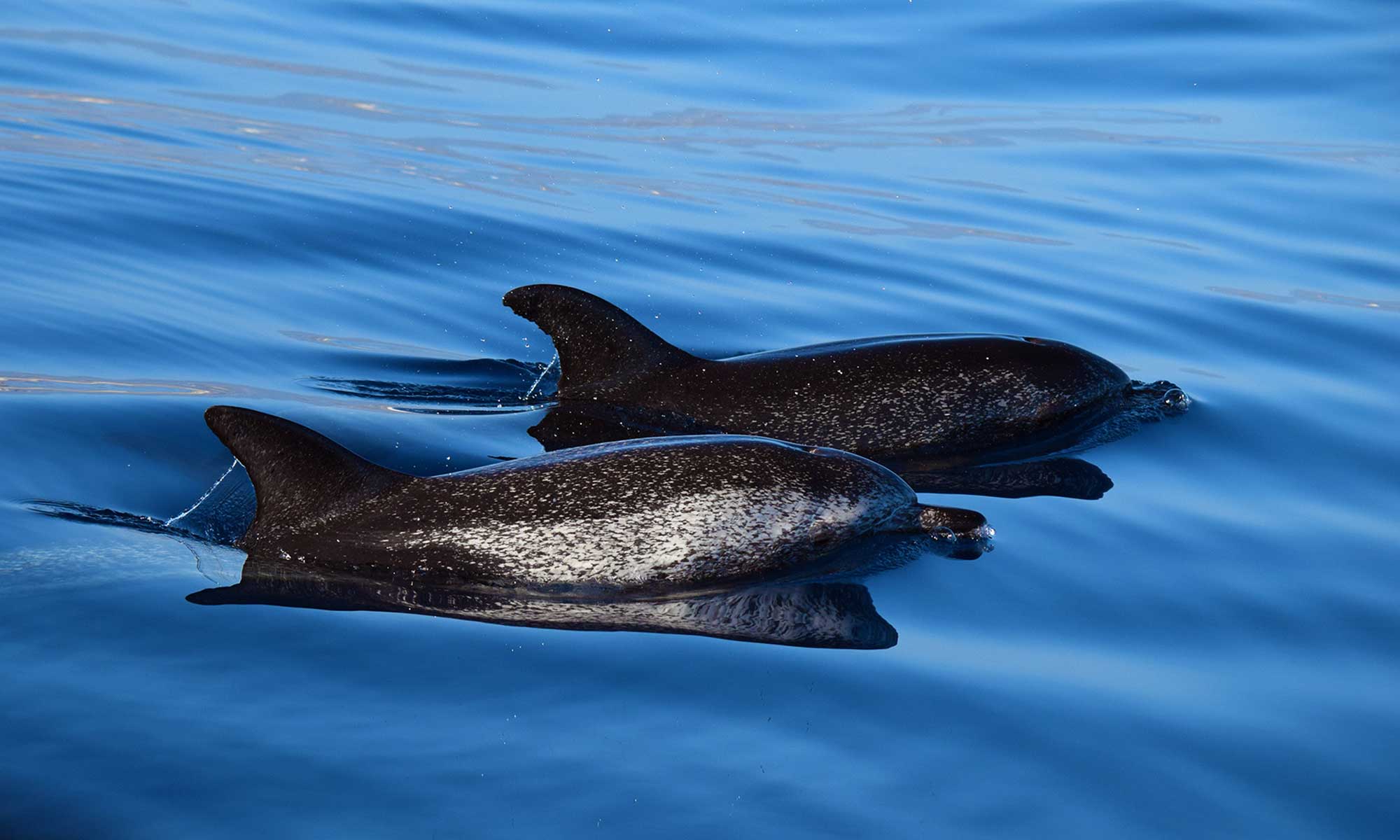Whale Watching in October: Where & When to Spot Giants
Whale Watching in October: Where & When to Spot Giants
October heralds the arrival of autumn in many regions, yet for marine enthusiasts and nature lovers, it serves as a prime period for whale watching. This month offers a unique opportunity to observe these majestic creatures in some of their most active states across various global locations. As the ocean swells with life, knowing where and when to embark on this exhilarating adventure can significantly enhance your experience.
Seasonal Migration Patterns of Whales
Many species of whales are migratory, with their behavior intricately linked to the changing seasons. In October, certain species can be seen as they prepare for their migration or return to warmer waters. For instance, the humpback whale, renowned for its acrobatic displays, migrates from colder feeding grounds to warmer breeding locations. During this transition, observers can witness breathtaking breaches and tail slaps.
The gray whale is another epitome of this spectacular seasonal journey. Typically, the gray whales migrate south from their feeding grounds in the Arctic to the lagoons of Baja California, Mexico, starting in early October. This migratory phenomenon offers a visual treat as these epitomes of grace traverse vast distances.
Regions Excellent for Whale Watching in October
In pursuing the ultimate whale watching excursion, certain regions stand out during October. Each location presents its unique flavors of whale sightings alongside stunning coastal scenery.
The Pacific Northwest is a remarkable locale, where visitors can encounter orcas and humpbacks. In places like Washington State, October often provides clear waters and the opportunity to see transient orca pods hunting. The beautiful backdrop of the Olympic Peninsula enhances the viewing experience as nature’s harmony unfolds.
In the Caribbean, the waters around the Dominican Republic come alive in October. This month marks the beginning of the humpback migration. Observation opportunities are abundant, where visitors can witness the males competing for dominance, breaching, and singing to attract mates.
California’s central coast is also a prime spot in October. Here, consecutive calm days frequently grace the shoreline, allowing for optimal conditions to observe the annual migration of the gray whales. Point Lobos State Natural Reserve and the waters off Monterey Bay are particularly renowned for their rich marine biodiversity, creating an ecosystem that supports myriad whale sightings.
Unique Experiences Available During Whale Watching
Beyond mere sightings, whale watching offers various engaging experiences that can enhance the overall adventure. Several tours combine educational aspects with the thrill of whale watching, offering insights into whale behavior, feeding habits, and the ecological importance of these remarkable animals. Knowledgeable guides often share anecdotal experiences and scientific knowledge garnered from years of observation.
Photography enthusiasts will find October a unique season to capture stunning images. The soft light of autumn complements the ocean’s vast canvas, providing an extraordinary backdrop for photographs of whales. The contrast of the azure sea with the gray and white patterns of whale skin creates captivating images that evoke the essence of oceanic beauty.
Moreover, some tours offer the opportunity to engage in boat-based research. Participants may assist in collecting data on whale sightings, further contributing to conservation efforts that ensure future generations can also witness these breathtaking creatures.
Preparation and Best Practices for Whale Watching
To maximize the whale watching experience in October, preparation is essential. Dress in layers, as ocean temperatures can vary dramatically, especially when the day transitions into the cooler evening hours. Bring along binoculars for an up-close perspective and a camera to capture unforgettable moments.
Arriving early to your designated spot enhances the likelihood of sightings. Calm waters often yield better visibility, enabling observers to spot whales as they breach the surface. Patience is paramount; wildlife is unpredictable, and diligent observers may be rewarded by witnessing extraordinary behavior.
The Responsible Whale Watcher
Finally, it is crucial to emphasize the importance of respectful and responsible whale watching. Joining eco-conscious tours dedicated to preserving marine life ensures that the thrilling experience does not come at the expense of the whales themselves. Following guidelines for viewing distances helps minimize stress on these magnificent animals.
In conclusion, October emerges as a glorious month for whale watching, with varied locations across the globe showcasing the grandeur of these marine giants. Understanding their migratory patterns, choosing prime locations, and immersing oneself in the experience creates an unforgettable adventure for both seasoned watchers and newcomers alike. Embrace the season and witness the beauty of nature’s vast waters while contributing to the preservation of these splendid creatures.
You May Also Like
Best Fish to Catch in Australia: A Guide for Anglers
Australia boasts an extraordinary diversity of fish species, making it …
Emily Bay Norfolk Island: A Hidden Gem in the Pacific
Emily Bay, a picturesque enclave nestled on the sun-kissed shores of …
Holidays on August 23: Global Festivities & Observances
August 23 is a date that carries a bouquet of cultural significance …





